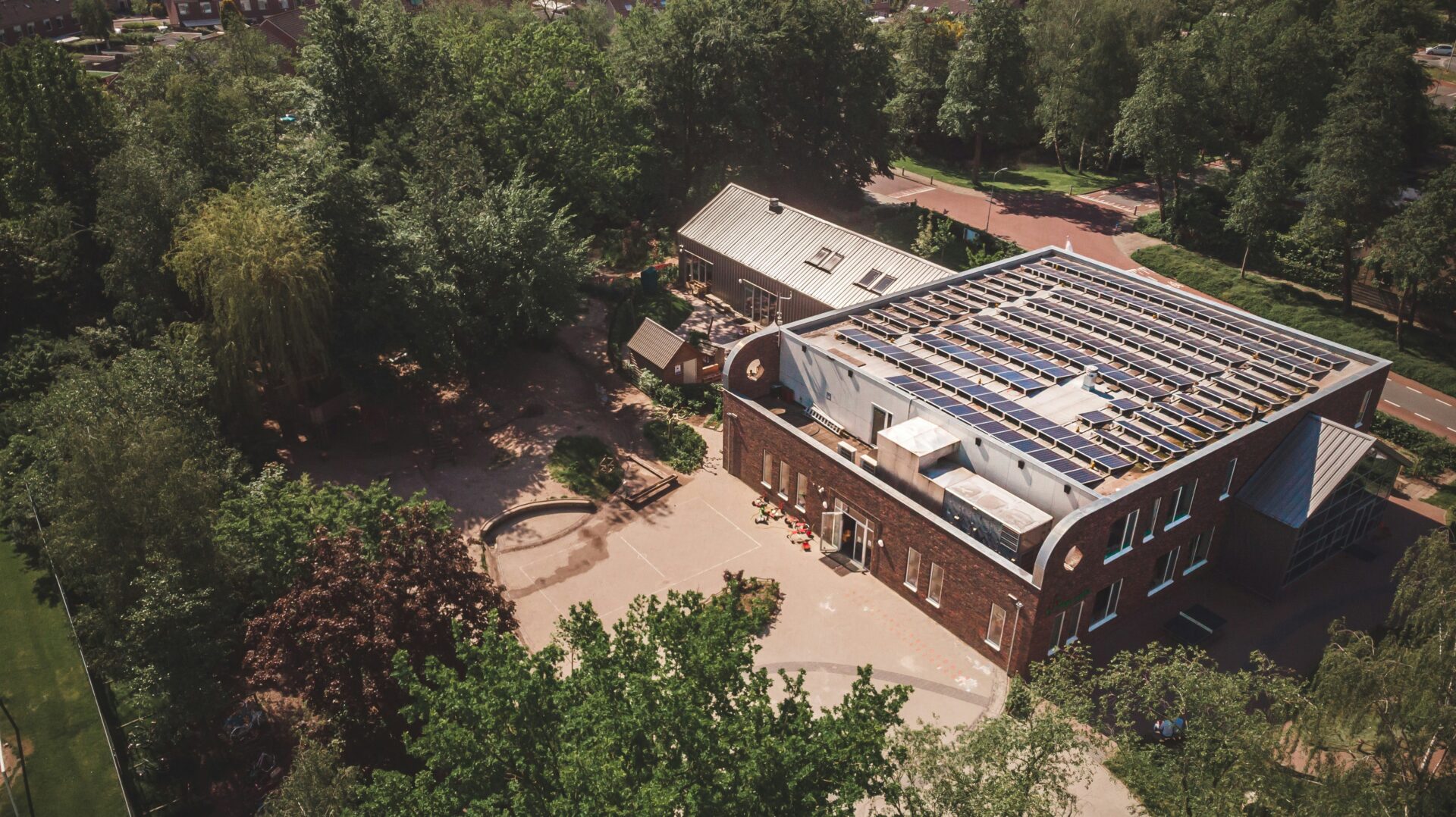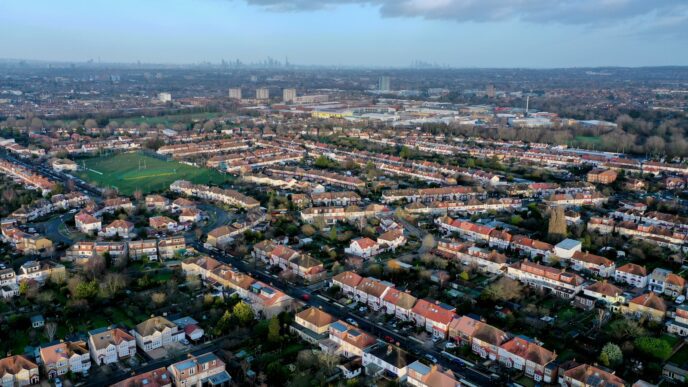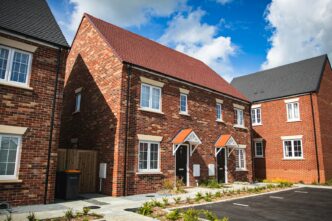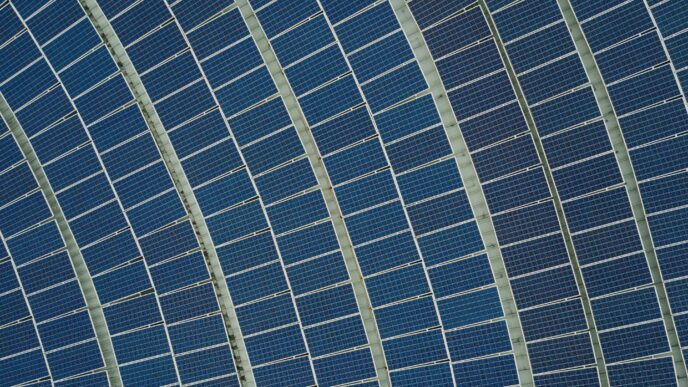The UK government has officially flipped the switch on its first major investment through Great British Energy (GB Energy): a £200 million commitment to install rooftop solar panels on around 200 schools and 200 NHS sites across the country.
It’s not radical. It’s not complicated. It’s just… common sense. And while some might say this could’ve (and should’ve) happened years ago, it’s a welcome step toward using public rooftops to generate public value.
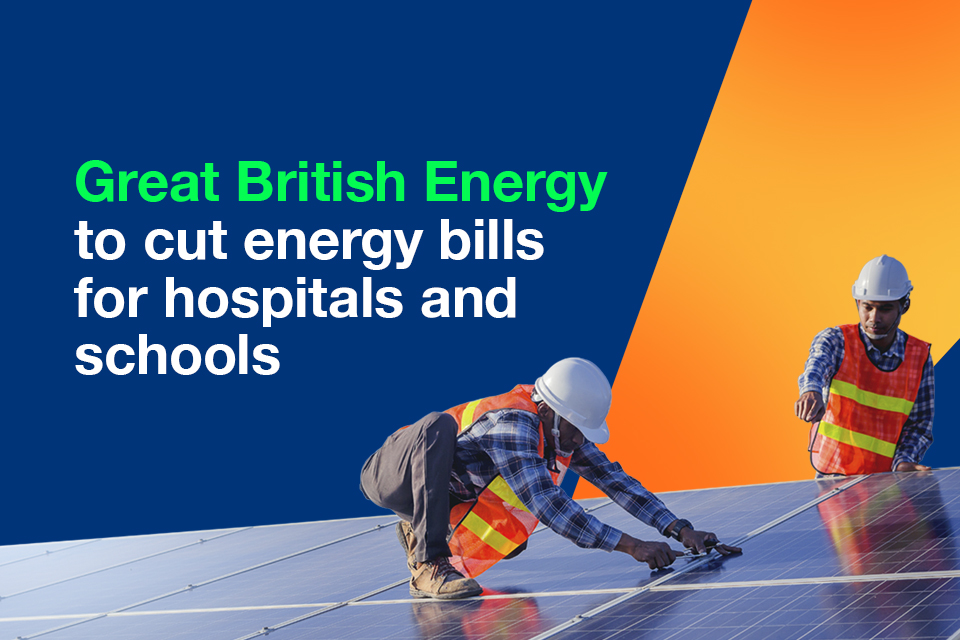
Powering Classrooms and Clinics
Rising energy costs have put serious pressure on schools and hospitals. According to the government’s own data, the average NHS site spends £1.4 billion annually on energy, and many schools have faced projected deficits due to surging bills.
That’s where this initiative comes in.
• A typical school could save up to £25,000 a year with solar installed.
• NHS trusts could save £45,000 annually—or more—with additional complementary tech.
• Over 30 years, this rollout could return an estimated £400 million in lifetime savings, reinvested straight into frontline services.
As Energy Secretary Ed Miliband put it:
“money that should be spent on your children’s education or your family’s healthcare is instead being wasted on sky-high energy bills.”
This is a tangible step toward fixing that imbalance.
Why Now?
This move isn’t entirely new. The Public Sector Decarbonisation Scheme has existed since 2020 and delivered £3 billion in green upgrades. But this is the first flagship project from GB Energy—a publicly owned energy company formed with the promise of delivering homegrown, affordable, clean power.
For those who’ve been watching, this is the long-overdue evolution of logic: take underutilised rooftops, plug in solar panels, and generate your own power. It’s not rocket science—it’s sunlight science.
A Quick Win, But What’s Next?
The headlines are great, but there’s more to think about here.
For example:
• What happens at night or during outages? While hospitals typically have backup generators, schools usually don’t. Battery storage—such as a Tesla Powerwall-style solution—could offer a clean, quiet buffer during blackouts.
• Will surplus power be sold back to the grid? It’s suggested, but not confirmed. This could be a crucial revenue stream that also boosts energy resilience.
• Where’s the follow-through? Currently, fewer than 1 in 5 schools and fewer than 1 in 10 hospitals have solar. This scheme hits just a fraction of the total estate.
But as a signal of intent, GB Energy’s launch project is a strong start. It says: we’re serious about making renewables work for people.
“We know the value and cost-saving potential of rooftop solar is huge. But the real win is long-term resilience. With the right mix of solar and storage, public buildings can stop being vulnerable to the energy market and start being part of the solution.”
— Sam Foster, Founder of Futurechange
The Takeaway
This isn’t about tech for tech’s sake. It’s about doing the obvious, in the right way, at the right time.
Solar on public buildings is low-hanging fruit—clean, local energy that lowers bills and emissions at the same time. But if the UK is serious about becoming a renewable powerhouse, we need to pair solar with storage, scale fast, and go beyond the basics.
For now, though, it’s encouraging to see some wattage being added to the vision. We’ll be watching—and hopefully, so will the sun.
Want Help Planning or Scaling Solar?
At Futurechange, we work with developers, housing associations, and commercial property managers across the UK to plan and implement energy-saving projects like this—often using grants and funding to keep costs low or zero.
📩 Get in touch for a free chat about how we can help: Contact Us


